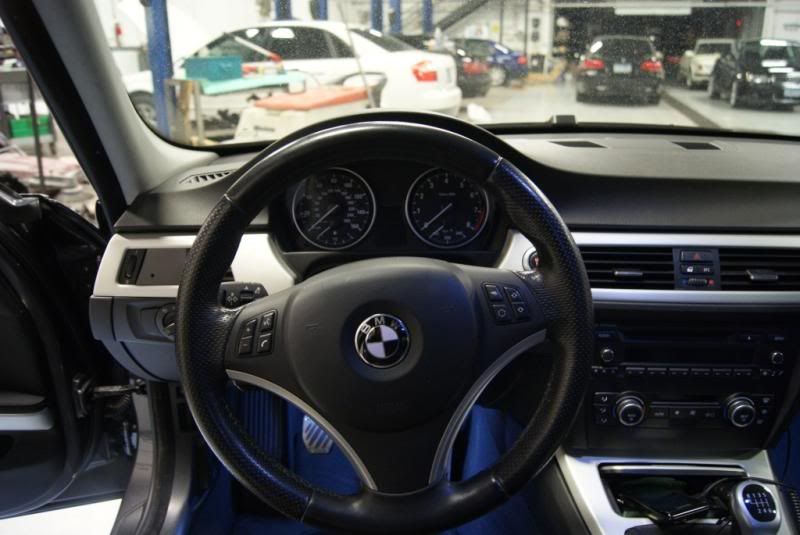Hi Guys,
My buddy Anvar (ajvee) recently got a leather doctor kit and to say he had praised it's ability to rejuvinate the leather is an understatement. I felt his steering wheel and the bolsters where he had spent some time with, and I immediately noticed the difference. The leather restoration made the leather how it should be and feel. I also like how these products actually treat the leather, not just give a nice topcoat and fragrance.
Prior to this I have been using Zaino Z10 leather "treatment", which I was impressed with. The fragrance was actually what I liked the most; Other than that, it performed as well as the other leather treatment oils I've used.
So with Anvar's enthusiasm, he let me borrow the kit to see how it would work on my car. Now let me give a bit of a background on the leather seats in my car. All the leather in is in perfect condition, meaning there are very few cracks, no stains, and all around new condition. However, It is the lowest-quality leather that BMW makes that is still a real leather. As a low quality leather, it feels more like aligator skin; rough, firm, and having no "depth" to it. In other words, it feels very cheap and plastic-y. It is much different than Anvar's seats which are top-quality leather that BMW makes..it is soft, smooth and feels how leather should feel. My steering wheel is actually very high quality leather, similar to Anvar's. Half of it is perforated, half is smooth. The armrest is also high quality leather. They have become very shiny, which makes sense because I'm a grease monkey--always working on cars/motorcycles/engines..and don't always wash my hands before driving.
Here is the wheel before
So I began to use the Prep 7.7 on half of the steering wheel, side bolsters and armrest. I appled the prep liberally, then wrapped with cling wrap and left on for around 24 hours. The cling wrapping was harder than I expected, haha.
When removing the cling wrap on the steering wheel and beginning to use the Cleaner, I immediately noticed the difference in appearance. It was matte finish, compared to very shiny. It was still a bit sticky to the touch, but a few more cleanings and rinses took care of it. I wish pictures could show how much of a huge difference the feel of the leather is...it's truly amazing. The seats notice the largest difference...as it went from plastic aligator skin to soft supple leather. Although there wasn't a very noticeable change in appearance, the change in feel was incredible. The texture and feel of the leather after prep and cleaner is exactly how I wish the leather would feel.
Here are a couple of pictures of the after effects of the Prep 7.7 > Cleaner-3.8 > Rinse-3.0: The treated side is the right, original on the left (kinda obvious).
Before:
After:
After using the hydrator and fat liquor the leather became tiny bit more "slippery" but not much. Then, the satin top-coat brought it back to the non-slippery, soft supple perfectly textured leather...moreso than before the hydrator. The Leather Scent was a great topping, giving a really nice fragrance and leaving the perfect texture.
I intendid on only using a small bit of Anvar's kit..but after getting a taste of it, I want to keep going and do it on all of the seats.
Thanks for developing such a great set of products! Another thing that really impressed me was Roger's knowledge on the chemical and scientific properties of leather and what is needed to treat that, and most of that I read in Anvar's post particularly. I always figured the cleaners were some generic softer cleaner, and the lotion was a generic fatty lotion with a leather fragrance. So to hear all the pH levels, acidic properties, hydrating and fatliquor times coming into play, it is clear Roger really knows his stuff...so for that, Thank You.







